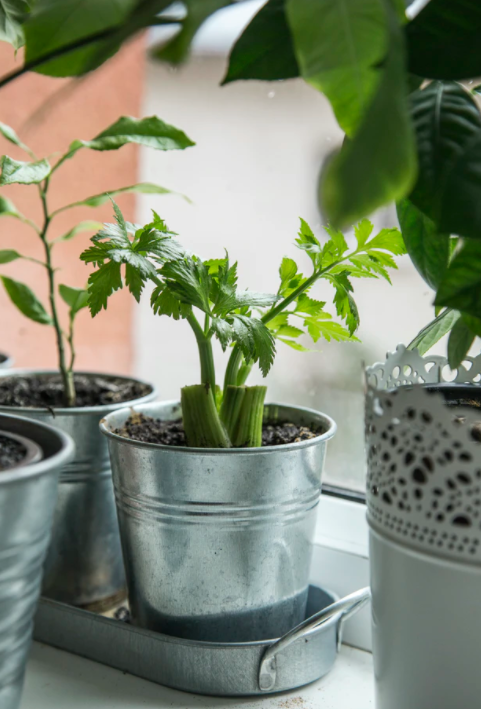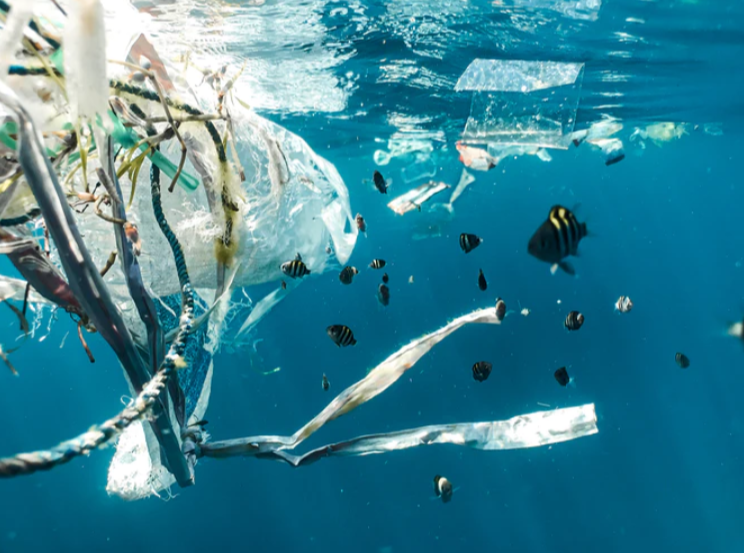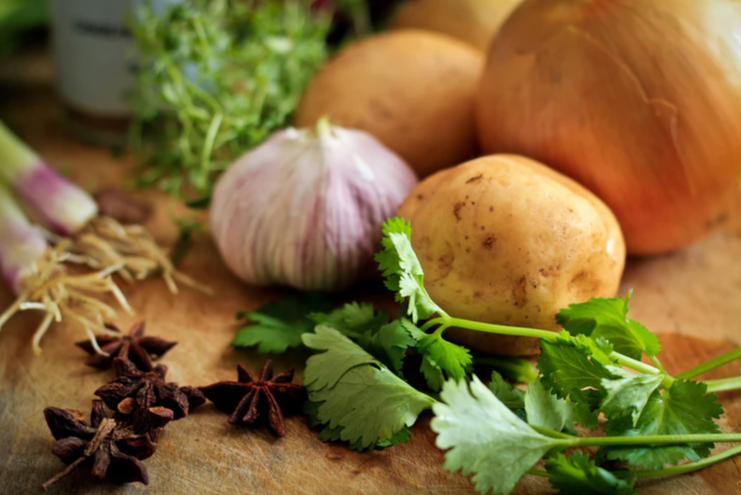Sustainability is a complicated thing, and it can be difficult to know where to start, and that can make sustainable change intimidating. With that in mind, here is a guide of ways to make sustainability more accessible in one place every student knows: the kitchen.
- Minimising food waste, maximising home grown
Much of the food we cook and eat inevitably has scraps, much of which could have an extended use. Did you know you can use leftover vegetable scraps for making food stock? Or that the roots of many vegetables can be placed in water to regrow?

Many students don’t have access to composting facilities, and these methods will help make the most of the food you buy, while stopping any food waste. Vegetable trimmings like carrot and onion peels, can be frozen and kept for stocks for months on end, while the roots of spring onions or celery or onions can be grown from their roots to create a whole new plant. It’s a great way of making something and protecting the planet.
- Avoid Unitaskers
Unitaskers are kitchen tools that only perform one task, their limited use and size mean they waste space in your kitchen, and often go unused. Not to mention, they tale a lot of energy and unnecessary plastic/metal to produce. Instead of buying tools that are only good for one task, it’s a great idea to invest in long lasting, good quality tools that you’ll use frequently for multiple things.
The world’s mountain of electrical waste reached a new peak of 42m tonnes back in 2015; much of this waste could have been avoided by investing in long lasting quality appliances and avoiding unitaskers that have limited use.
- Switch to reusable
Tote bags, reusable coffee filters, beeswax wraps and reusable silicone bags are all simple switch outs to make a kitchen much more sustainable, and over time this can work out to be a lot cheaper. Single use plastic is a massive contributor for climate change, and there is now around 5.25 trillion macro and micro pieces of plastic in our ocean. By making changes to reduce our plastic usage we can do our part to stop that number from increasing.

These were just a few steps we can take to make our kitchens more sustainable. Our collective responsibility to make the world a cleaner, more sustainable place relies on collective action, and this is just a small start. Why not give it a go?
by Dan Johnson, SGO Project Officer #actingtogether
 Sustainability
Sustainability Felicity Brambling-Wells
Felicity Brambling-Wells 1391
1391


